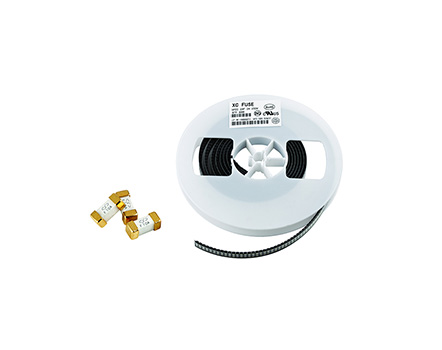
(1) Do not use too thin fuses. Using thin fuses can easily cause the normal current flowing through it to burn out, resulting in unnecessary power outages;
(2) It is necessary to choose and use a suitable fuse, and the fuse's blowing current is usually 1.5-2.0 times the rated current. If the sum of the total power of each household appliance exceeds 1100 watts during normal electricity use in a household, choose a 5-ampere fuse and use a No. 20 fuse with a diameter of 0.98 millimeters. When the current exceeds 7.5 amperes to 10 amperes, the fuse will automatically blow to achieve protection;
(3) When installing fuses on the power switch (switch), it is not allowed to operate with power on. The power switch should be opened and the power should be disconnected;
(4) Turn the fuse clockwise around the fastening screw and tighten the screw with a gasket until it is firmly tightened. Do not use excessive force to tighten it too tightly and damage the fuse; In addition, the fuse should not be pulled too tightly between the other fastening screws, and there should be an allowance to prevent damage to the fuse. Normally, the power switch and fuse cannot be exposed, and a rubber wood cover must be covered to ensure safety;
(5) If the selected and used fuse meets the specifications and frequently experiences fuse blowing, it indicates a problem with the electrical circuit and equipment. Electricians should be promptly consulted to identify the cause and eliminate hidden dangers. Do not replace coarse fuses or simply replace them with copper wire, iron wire, etc. at will.
(6) For daily use, when a fuse is blown: in this case, the middle is broken and both sides are intact, the load current is too high, causing the fuse to blow or be damaged, and the melting point to decrease, but the current is not too high. The second situation is that when the fuse melts, there are burn marks and black, white, and gray near the fastening screws. This is caused by an instantaneous short circuit in the power supply, and the short circuit current is too high. Therefore, it is necessary to eliminate the fault before installing a new fuse. It is not advisable to blindly install a thicker fuse without identifying the cause. To prevent damage to electrical appliances and cause fires.
Read recommendations:
honeywell water heater thermostat
Fuse arc extinguishing device.air conditioner fuse block pull-out replacement